Like a Rolling Azulejo
We made the decision to take our 2015 summer holiday in Portugal on a bit of a whim. It was one of the few Western European countries that neither of us had ever visited, and the idea of a slow, leisurely drive from the north to the south, taking in the medieval cities, colorful architecture, scenic beaches, coastal cuisine and local wines seemed like the picturesque summer vacation. We quickly fell in love with the history and diversity of Portugal, and one of the things that immediately caught our eye was the painted tiles found throughout the country.
With a history dating back centuries, these tiles, or azulejos, draw inspiration from the Roman murals and come from the Arabic word meaning "painted stone". They often feature vibrant colors and architectural patterns, but as they became cheaper to produce, they were also used to depict large scenes, often from farm life, battles, or royalty. For instance, the Campanhã railway station in Porto, which opened in the late 1800s, showcases the history of Portugal in oversized murals around the main entry hall.

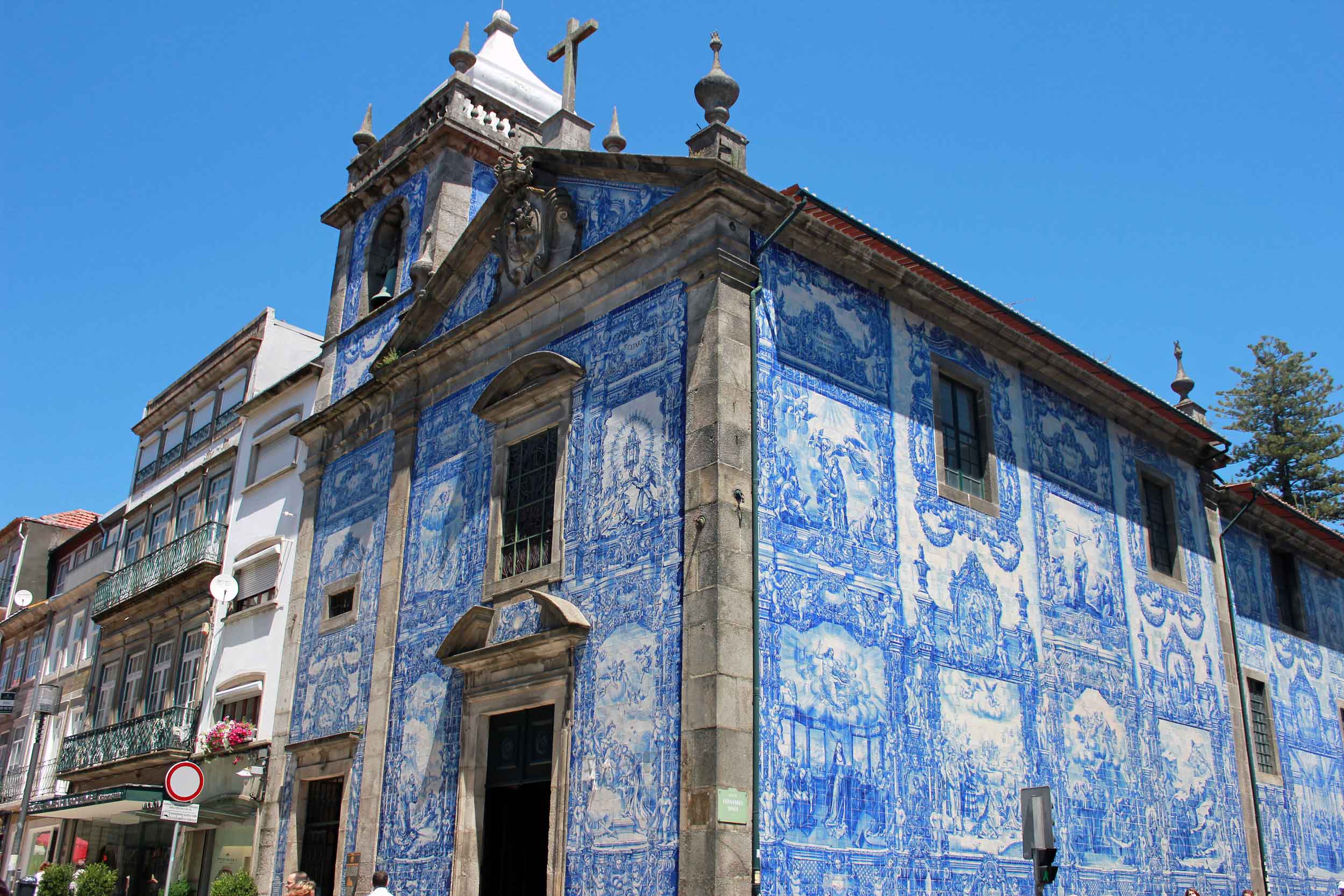
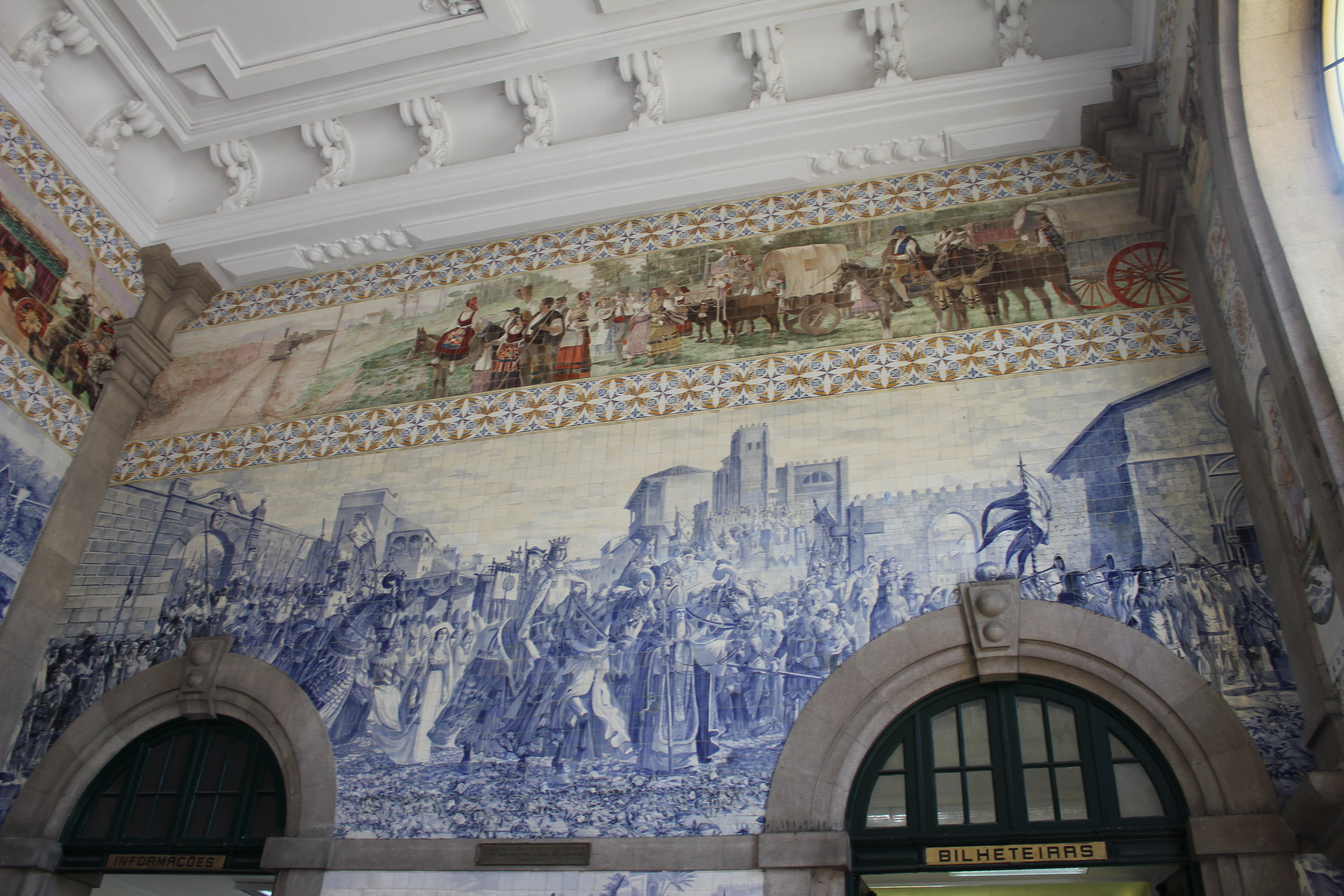
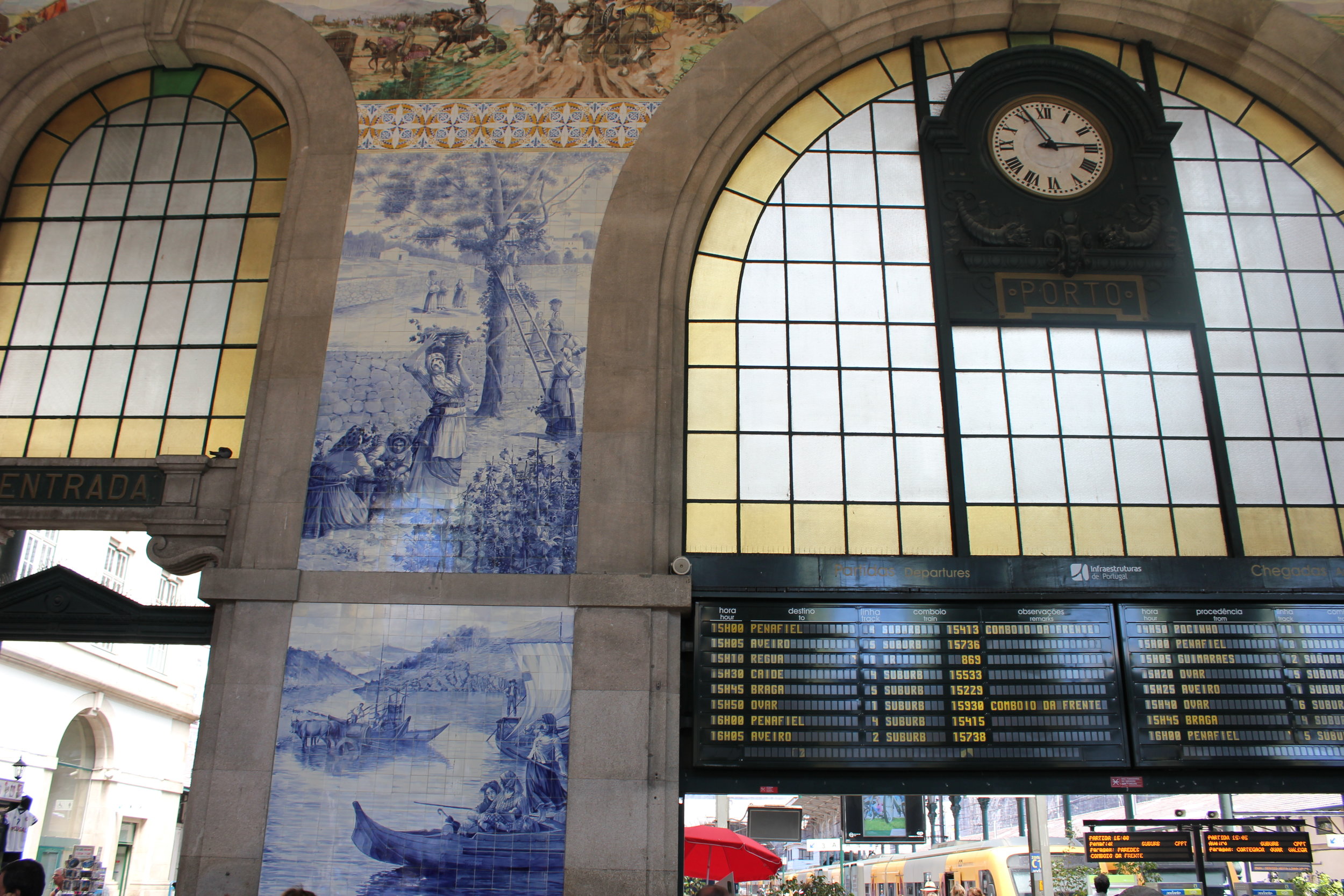
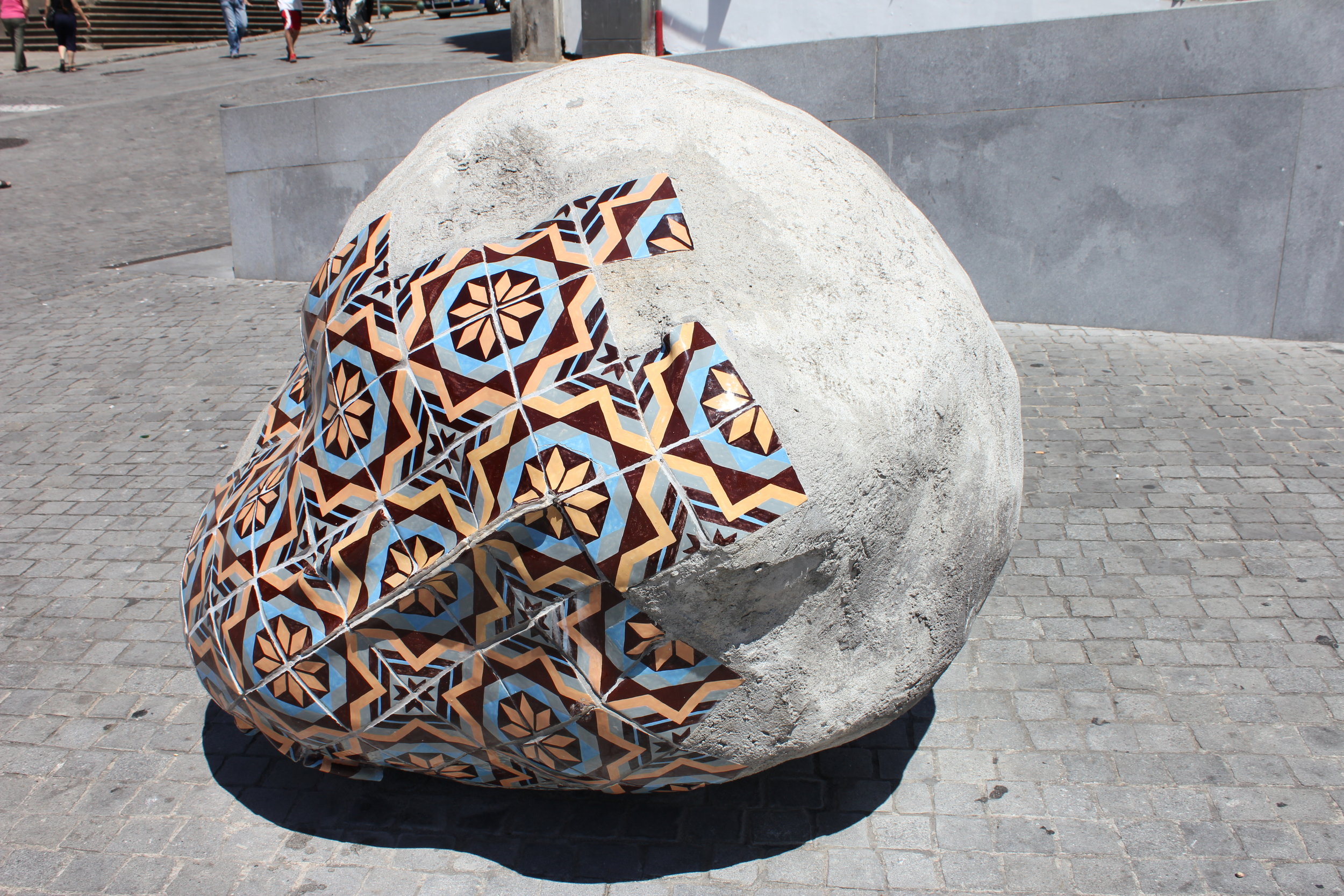

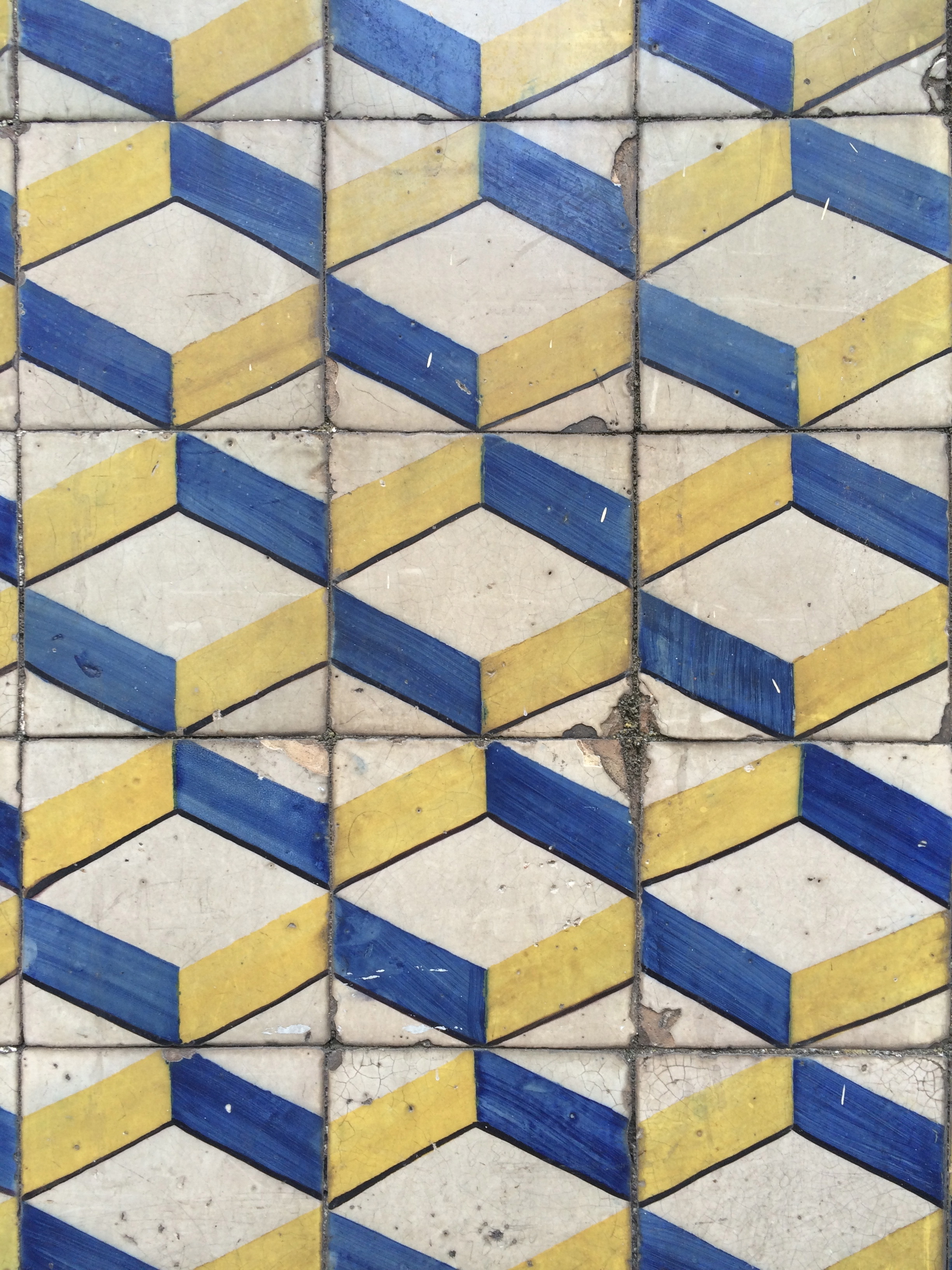
Whether large-scale stories or small design moments that we discovered during our walks around Portugal's large cities and historic villages, the culture and history of the azulejos were truly memorable.
